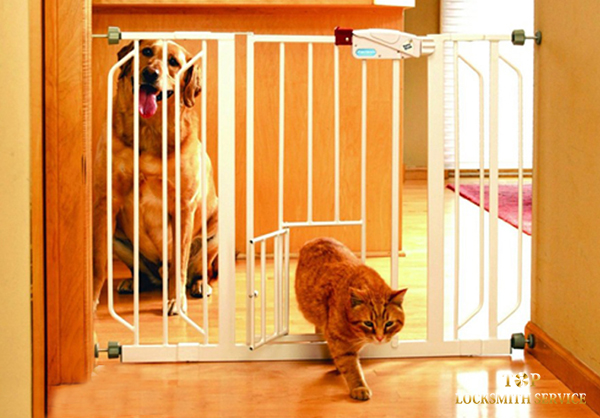Security doesn’t always apply to preventing burglaries; sometimes it applies to keeping pets securely in your property. Your pets are their most safe when they remain in your home – although many animals have wild instincts, the common cats and dogs are domesticated and cannot survive by themselves in the world. Of course, the pet security protocols will vary based on what pet you have, where your home is, what your schedule is, etc… – if you have more than one pet, you’ll need to have multiple levels of security. In this blog post, I’ll detail some of the ways that you can make your home safe for your animal companions as well as yourself.
Fences
Depending on what kind of pet you have, there may be more or less of an escape risk. Most animals can slip in between spaces in fences – so you need to make sure that your fences are high enough to prevent jumping, doesn’t have too large of a gap at the base, and can’t be digged out from under. Most fences require a bit of experimentation and trial and error.
Gates
Some animals are smart enough to open any kind of gate – like badgers, tortoises, and even pigs! We recommend getting a strong gate with a hefty, sturdy lock. They can be inside or outside the house. Inside gates are usually inherently weaker than outdoor gates, since they’re usually made of less strong materials.
Carriers and Habitats
The goal is for your pet to be fully comfortable and used to their space, as opposed to seeing it as a prison or a cage – which will be scary and unpleasant for them. Using animal carriers are a great way to help transition an animal into their new home. It’s a great way to transport pets in moving vehicles.
Habitats give pets a wider range of space and motion to feel at home in. It should have a gate to keep the animal inside, and have items that make the pet comfortable and at ease – from heat lamps, to water bowls, to places to rest.
